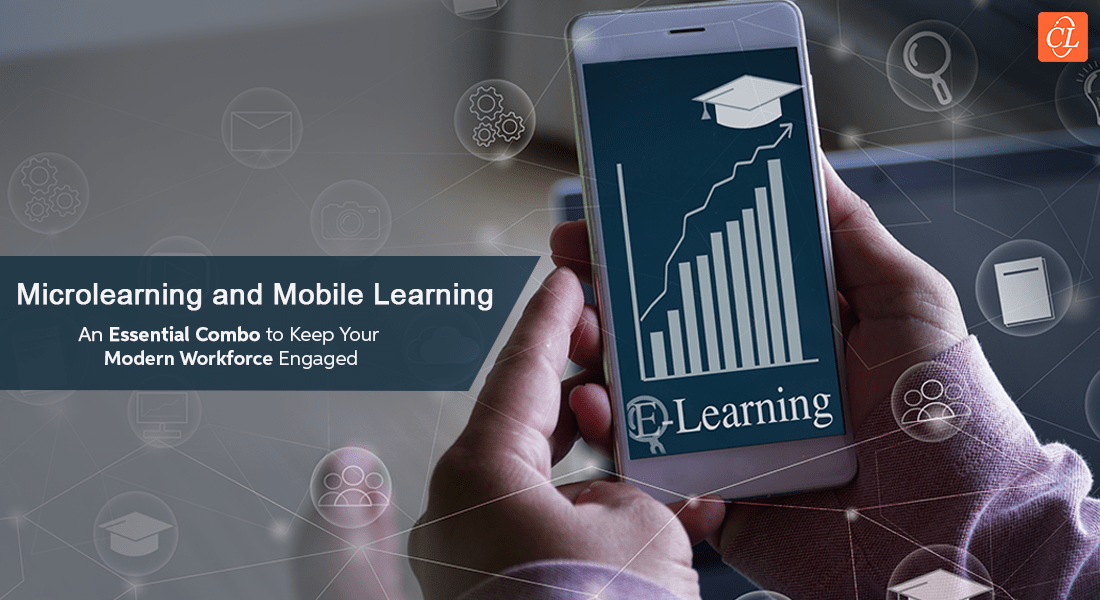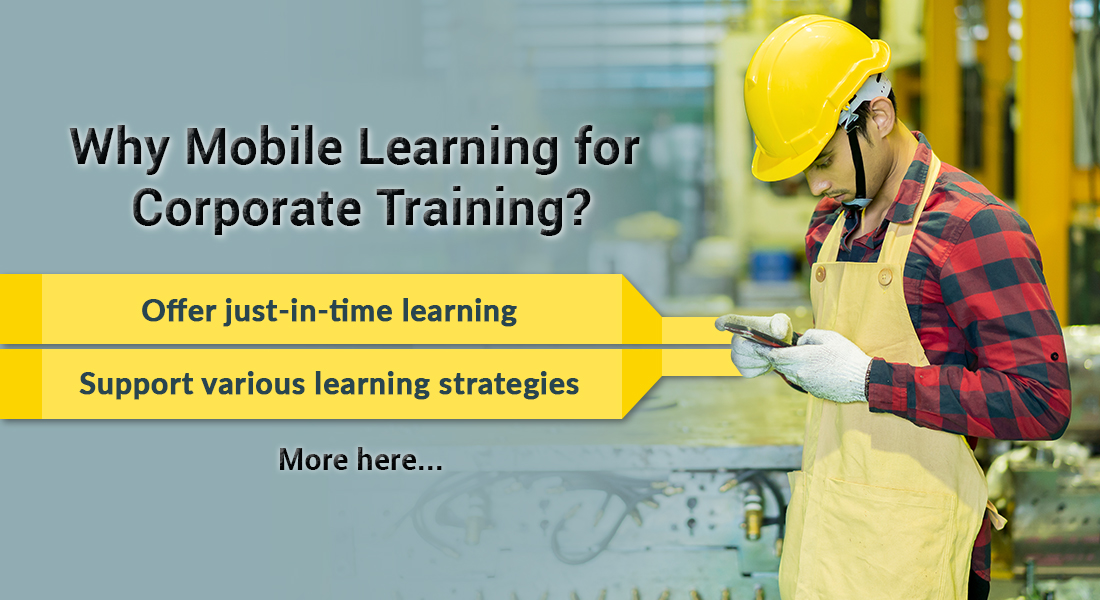5 Best Formats to Deliver Mobile Learning

We are well aware that mobile learning is becoming increasingly popular because it makes learning accessible anytime and anywhere to learners. But remember how you deliver training is as important as what you deliver.
If mobile learning has to truly hits its mark and create an impact, you must carefully choose the formats you want to deliver it in. This will influence the impact it will have on your learners and also how far you will be able to achieve your training objectives. The formats you choose depends on the content you want to deliver your audience and the size of the device in which these courses are accessed. The same format cannot be used for all types of learners or content.
→ Download Now: Mobile Learning: How to Overcome Implementation Barriers
We will explore five formats that are suited for delivering mobile learning:
- E-books
- Videos
- Microlearning modules
- Infographics
- Flashcards
1. E-books:
This is one of the easiest and simplest ways to present content on mobile devices. It is a compilation of text, multimedia and content assets which may be graphics, audio, and video. With responsive design the size of the e-book can be adjusted based on the mobile device the learner is using.
This format is useful when you want to provide comprehensive training on products to your sales personnel. Interactive e-books can be developed using tools such as FlipBook Maker. Product brochures and manuals delivered in this format make it easy for the sales personnel to refer to them anytime or anywhere, for instance before meeting a client, or on the way to a sales presentation.
2. Videos:
With millennial learners preferring to use videos to learn and accessing them on mobile devices, videos delivered on the mobile platform can be the potent duo to train your employees, especially millennials.
While mobile learning supports the modern employees’ need for mobility, and the need to learn at their convenience, videos delivered through their mobile devices will provide them information they seek at their convenience and in a format they prefer.
Videos are the ideal medium to deliver quick tutorials and how-to videos are effective to teach new skills. They facilitate problem solving; videos in the form of stories can present sensitive information, introduce case studies and discuss scenarios.
This format can be useful in process training, for providing performance support or just-in-time learning.
3. Microlearning Modules:
Microlearning as we know are short learning modules or learning bites that focus on the most critical information, typically information that the employee needs at the task level, this is the core information without all the training fluff. This information will help him do his job, improve his skills or deal efficiently with the task at hand.
When microlearning modules are delivered on mobile devices, employees get what they need. This information can be presented in the form of real-life scenarios, and animations, interactive PDFS, job-aids or even games that are accessible on the mobile device.
Short bites of information delivered through mobile devices engage the learner and helps him to grasp the information quickly. For instance, a small module on soft skills, or a particular feature of a product will immediately grab his attention. The concise information delivered through mobile devices can help him retain the information. Since the modules are based on a single topic, learners can choose what they want to learn on their mobile device.
4. Flashcards:
These are best suited for mobile learning. They help your learners memorize key concepts. This can be useful in sales training; sales reps can access these flashcards on their mobile devices to know more about the company’s products or the key features of a newly launched product before meeting a client. They can also act as a performance support tool by allowing learners to access crucial information while on the job to help them complete it.
5. Infographics:
They are a combination of visuals and text that simplify complex ideas. They are ideal for mobile learning because they provide information at a glance and the learner can quickly access them when he wants to.
They can also act as reference tools at the moment of need because they give a general overview of the topic. For instance, an infographic on the steps to follow before operating a machine can act as a quick refresher.
These are some of the best formats to deliver mobile learning. For a workforce that is on the move and demands instant accessibility to information on their mobile devices, the format that you choose to deliver your mobile learning will make a lot of difference. While implementing mobile learning in your organization, ensure that you choose the most suitable format so that it has the maximum impact.





